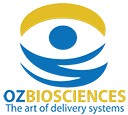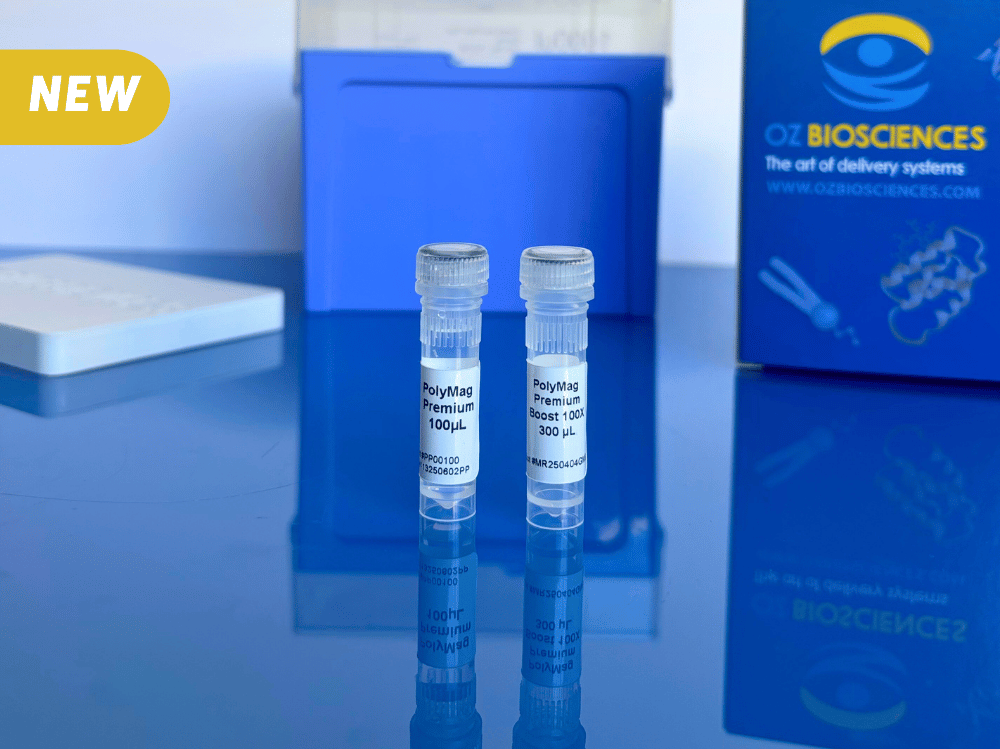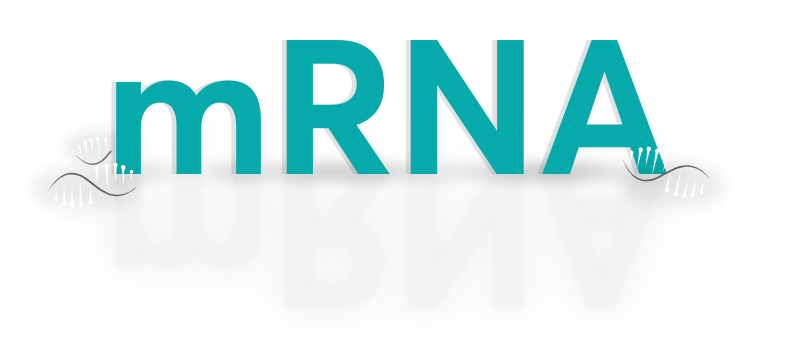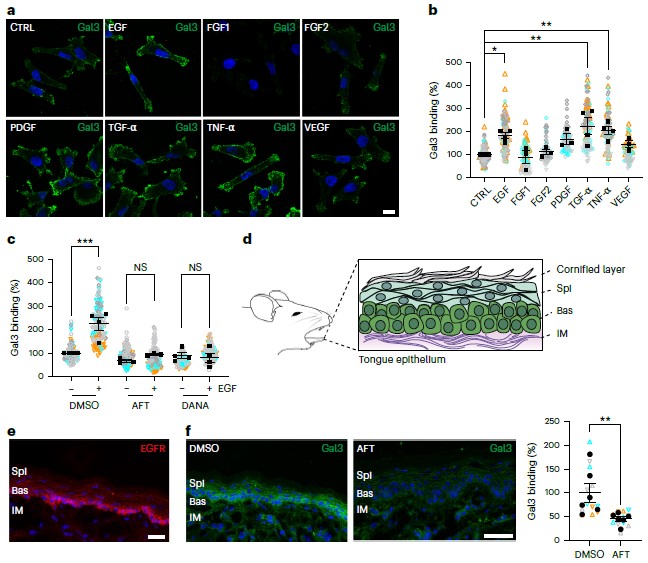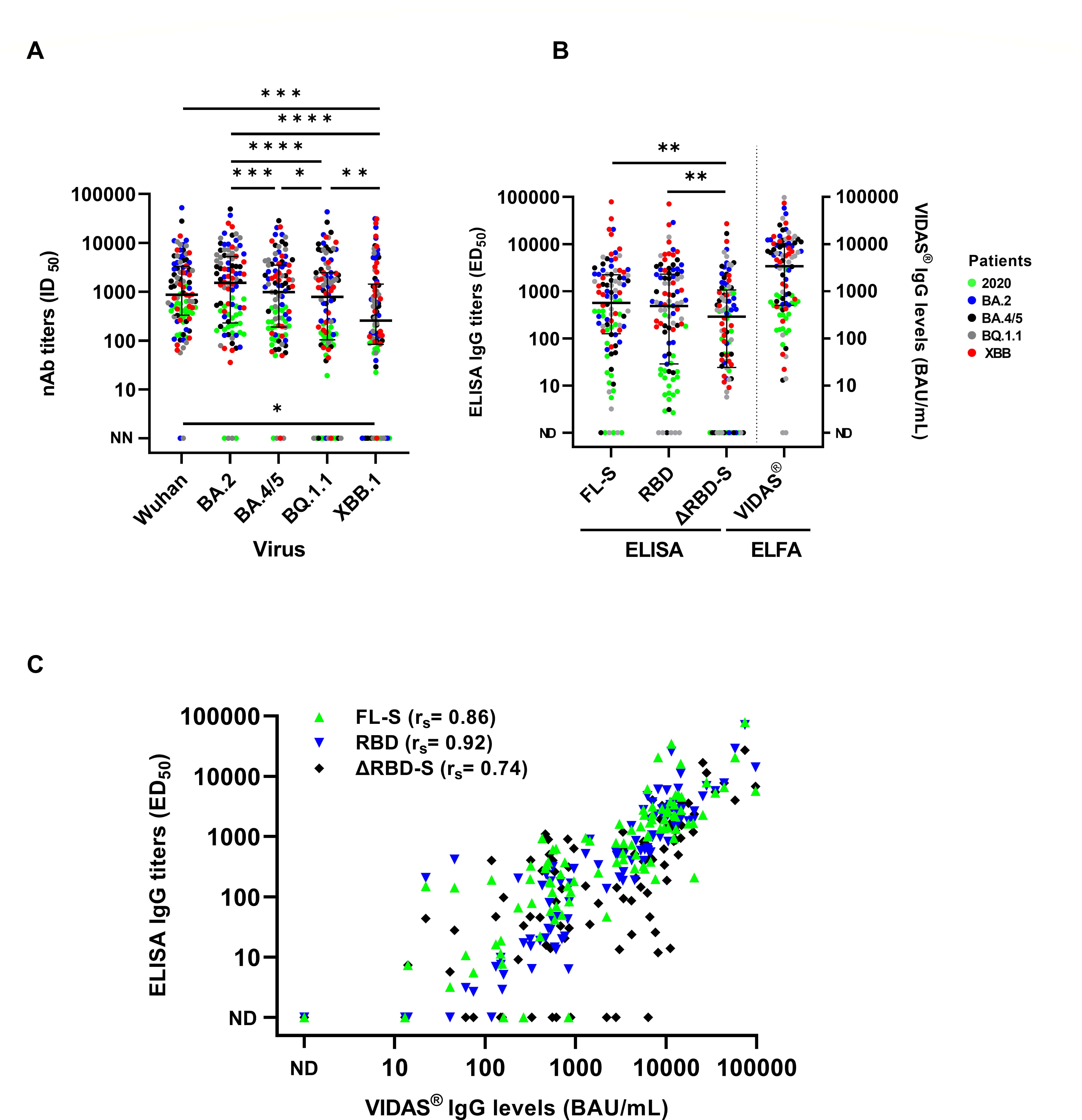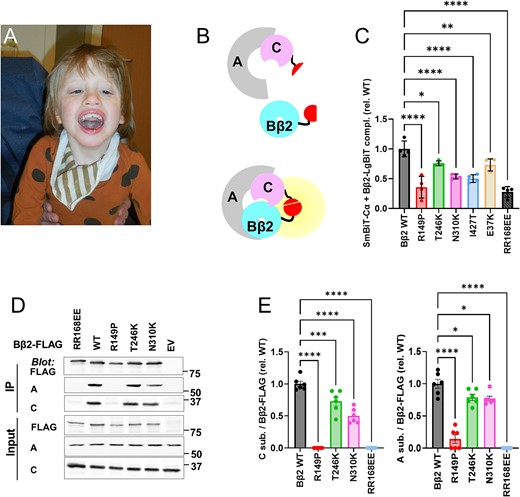BLOG > Publications & Citations > Variability in proliferative and migratory defects in Hirschsprung disease

Authors: Fries, Lauren E. et al.
Source: Cell Pres, The American Journal of Human Genetics.
We are thrilled to share insights from a groundbreaking study entitled "Variability in proliferative and migratory defects in Hirschsprung disease-associated RET pathogenic variants" published in Cell - AJHG by Lauren E. Fries et al:
"Hirschsprung disease (HSCR) exhibits extensive genetic heterogeneity, with 72% of cases involving pathogenic variants in 10 genes forming a gene regulatory network (GRN) essential for enteric nervous system (ENS) development. The receptor tyrosine kinase gene RET is the most significant contributor, implicated in 12%–50% of individuals depending on the phenotype. RET plays a critical role in ENS precursor proliferation and migration, and defects in these processes lead to HSCR. However, the functional impact of RET pathogenic variants and their mechanisms of disease remain poorly understood. To address this, we investigated proliferative and migratory phenotypes in a RET-dependent neural crest-derived cell line harboring one of five missense (c.166C>A [p.Leu56Met]; c.532G>C [p.Glu178Gln]; c.2372A>T [p.Tyr791Phe]; c.2765C>A [p.Ser922Tyr]; or c.2994T>A [p.Phe998Leu]) or three nonsense (c.612C>A, c.2308C>T, or c.2943C>G) heterozygous pathogenic RET variants. Using cDNA- and CRISPR-based prime reverse insertion mechanism engineering (PRIME) editing coupled with quantitative proliferation and migration assays, we observed significant losses in proliferation and migration in three missense (c.612C>A [p.Tyr204∗]; c.2308C>T [p.Arg770∗]; and c.2943C>G [p.Tyr981∗]) and all nonsense variants. Notably, the c.2372A>T (p.Tyr791Phe) missense variant, whose pathogenicity has been debated, appears benign. Importantly, the severity of migration loss did not consistently correlate with proliferation defects, and the phenotypic severity of nonsense variants was independent of their position within the RET protein. This study highlights the necessity of targeted functional assays to accurately assess the pathogenicity of HSCR-associated variants rather than relying solely on bioinformatics predictions, which could be refined by incorporating functional data."
Congratulations to all authors for this great article.
Our NeuroMag Transfection Reagent was used to transfect Human neuroblastoma cell line (CHP-212) with DNA.
Read the article See our NeuroMag
